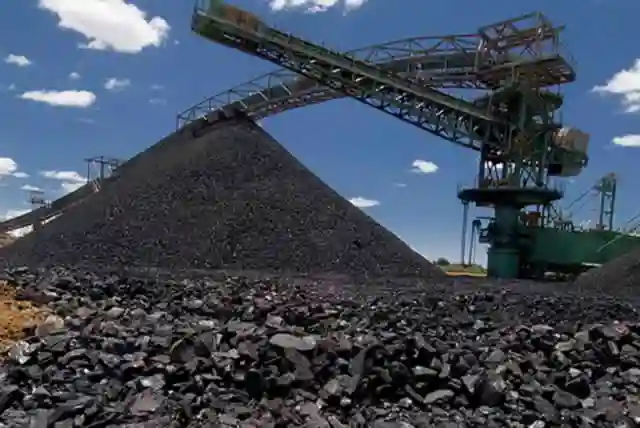Hwange Colliery, Zimbabwe’s oldest coal producer, has made significant progress in repaying its creditors since entering into reconstruction over a year ago. The company has already repaid over US$350 million of its US$400 million debt, thanks to deals facilitated by external administrators, the Independent reported. The remaining US$50 million, owed mostly to foreign creditors and the government, is expected to be settled within the next two years.
Hwange Colliery, in which the government holds a 42% share, plays a crucial role in the country’s economy, particularly in power generation. The company has a direct conveyor belt connecting its coalfields to the Hwange Thermal Power Station.
To rebuild the company, administrators are exploring various options, including diversifying into agriculture. The colliery is also constructing a coke oven battery plant as part of its efforts to revive the business. According to Hwange Colliery administrator Munashe Shava, the reconstruction process is progressing well, with the company on track to clear its remaining debt within the next 24 months. He did not disclose the specific creditors who have been repaid. He told the Independent last week:
The reconstruction of Hwange is progressing well.
We have done most of the modalities expected, which include producing the state of affairs report and having statutory meetings with the shareholders. We also met with creditors to map the way forward. We used to owe close to US$400 million, but now we are left with a debt of less than US$50 million, which we anticipate to clear in the next 24 months. This shows we are on the right track.
The revival of Hwange Colliery has gained attention since the completion of a $1.5 billion upgrade of units at the Hwange thermal power station, which requires increased coal throughput. The power utility, ZESA Holdings, has been stockpiling coal to ensure uninterrupted supplies. Hwange Colliery, with extensive coal reserves spanning 222,000 hectares, used to produce 500,000 tonnes of coal per month, supplying regional steel companies and the now-defunct Ziscosteel. The company’s progress in repaying its debts and diversifying its operations bodes well for its future stability and growth.

